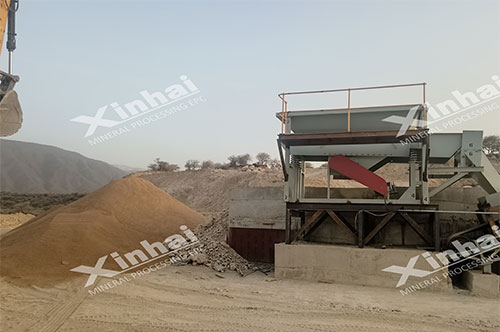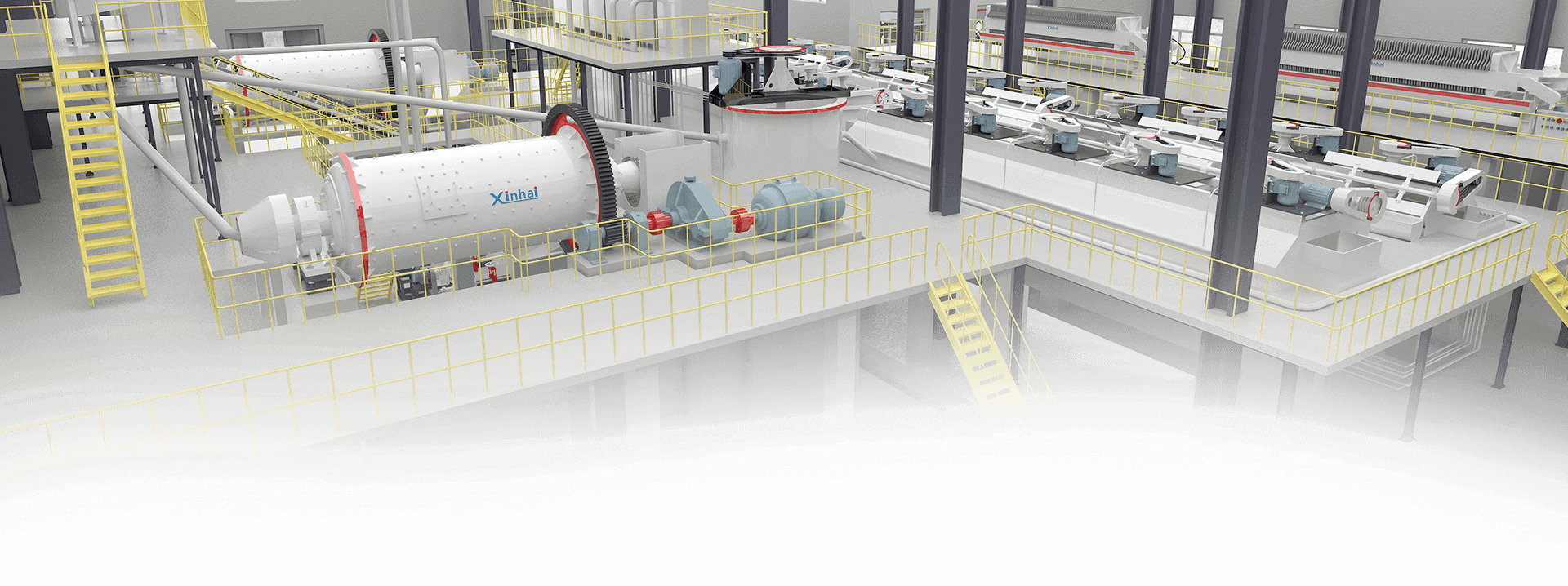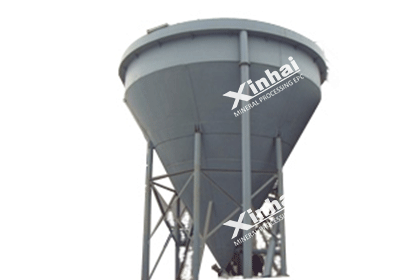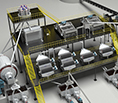Gold Mining Steps: A Complete Guide from Exploration to Refining
 Sheena
Sheena
 Jul 12, 2025
Jul 12, 2025
 1550
1550
If you want to know more details about equipment, solutions, etc, please click the button below for free consultation, or leave your requirements!

gold-mining-plant-on-site
Gold mining is a complex and multi-stage process that transforms raw geological formations into refined gold ready for market. This guide breaks down the entire gold mining lifecycle into its core stages—each critical to the success and profitability of a gold mining operation.
01Exploration: Locating Gold Deposits
BackThe journey of gold mining begins with exploration, a data-driven and scientific approach to identifying areas with potential gold mineralization.
Geological Surveys: Geologists study rock formations and geological structures to determine the likelihood of gold occurrence.
Geophysical and Geochemical Testing: Remote sensing, magnetic surveys, and soil sampling help detect anomalies beneath the surface.
Drilling and Sampling: Core drilling provides direct access to subsurface material, offering insights into grade, continuity, and depth of the ore body.
Goal: Define the size, grade, and accessibility of the deposit to justify further investment.
02Feasibility Study and Mine Planning
BackOnce gold has been discovered, the next step is to evaluate whether it can be mined economically.
Pre-Feasibility and Feasibility Studies: These involve technical assessments, environmental studies, risk analysis, and financial modeling.
Resource Estimation: A detailed evaluation using 3D modeling software helps determine reserves and expected recovery rates.
Mine Design: Engineers design the layout of the mine (open-pit or underground), access routes, waste disposal systems, and processing facilities.
Goal: Develop a realistic and cost-effective mine plan that aligns with environmental and economic objectives.
03Permitting and Compliance
BackBefore any ground is broken, miners must obtain a series of permits and approvals from government authorities.
Environmental Impact Assessment (EIA): A legally required process to assess potential environmental and social impacts.
Regulatory Approvals: Permits related to land use, water extraction, emissions, and mine safety.
Community Consultation: Engagement with local communities is increasingly important in modern mining operations.
Goal: Ensure all legal, environmental, and community obligations are met before construction begins.
04Mine Construction and Infrastructure Development
BackThis step involves physical site preparation and the establishment of essential infrastructure:
Site Clearing and Earthworks: Preparing access roads, clearing vegetation, and leveling ground for facilities.
Building Infrastructure: Includes construction of processing plants, tailings storage facilities, worker camps, and power and water systems.
Equipment Installation: Mobile equipment (like trucks and drills) and fixed assets (such as crushers and mills) are deployed.
Goal: Build a fully functional, safe, and efficient mining operation ready to begin extraction.
05Ore Extraction: Open-Pit or Underground Mining
BackGold mining methods are chosen based on deposit depth, geometry, and ore grade.
Open-Pit Mining: Used for shallow, wide deposits. Involves drilling, blasting, and removing large quantities of overburden.
Underground Mining: Preferred for deep, high-grade deposits. Techniques include cut-and-fill, sublevel stoping, and shrinkage stoping.
Goal: Safely extract the ore body while minimizing dilution and maximizing recovery.

06Ore Transportation and Stockpiling
BackOnce ore is extracted, it’s transported to the processing plant.
Haulage Systems: Trucks, conveyor belts, or underground rail are used depending on the mine design.
Stockpile Management: Ore is often stockpiled by grade for blending, to ensure consistent feed into the processing plant.
Goal: Maintain steady input to the processing plant to optimize operational efficiency.
07Mineral Processing and Gold Recovery
BackThis step transforms raw ore into gold concentrate or doré bars.
Key Techniques:
Crushing and Grinding: Ore is crushed and milled to liberate gold particles.
Gravity Separation: Used to recover coarse gold using jigs or centrifugal concentrators.
Flotation: For sulfide ores, flotation separates valuable minerals from waste rock.
Leaching:
Cyanidation: The most common process, where cyanide solution dissolves gold for recovery via carbon adsorption or Merrill-Crowe precipitation.
Heap Leaching: Cost-effective for low-grade ore, especially in open-pit operations.
Goal: Maximize gold recovery while minimizing reagent use, energy consumption, and environmental impact.
08Refining and Smelting
BackAfter gold has been recovered, it must be further purified.
Smelting: Gold concentrate or precipitate is melted in a furnace and separated from impurities.
Refining: Electrolytic or chemical refining increases gold purity to 99.99% for commercial sale.
Product Output: The result is usually gold bars or ingots, also known as doré, ready for shipment.
Goal: Deliver market-grade gold that meets international purity standards.
09Tailings Management and Waste Disposal
BackGold mining generates tailings—residual waste from processing.
Tailings Storage Facilities (TSFs): Engineered structures that contain slurry with strict monitoring for leaks and stability.
Dry Stack Tailings: A modern alternative where tailings are filtered and stacked dry, reducing water use and risks.
Water Treatment: Ensures any discharged water meets environmental standards.
Goal: Safely manage byproducts to protect ecosystems and comply with environmental regulations.
Final Thoughts
The steps involved in gold mining reflect a blend of geology, engineering, environmental science, and economics. From the initial discovery to final closure, every stage requires careful planning and execution to ensure profitability, regulatory compliance, and environmental stewardship.
Whether you're an industry professional, investor, or student, understanding these gold mining steps provides valuable insight into how this precious metal makes its journey from deep within the Earth to the global marketplace.
 +86 183 3575 8886
+86 183 3575 8886 pinklaurabao@gmail.com
pinklaurabao@gmail.com




 Message
Message Chat Now
Chat Now

















